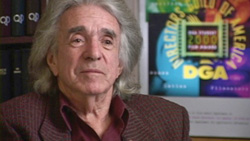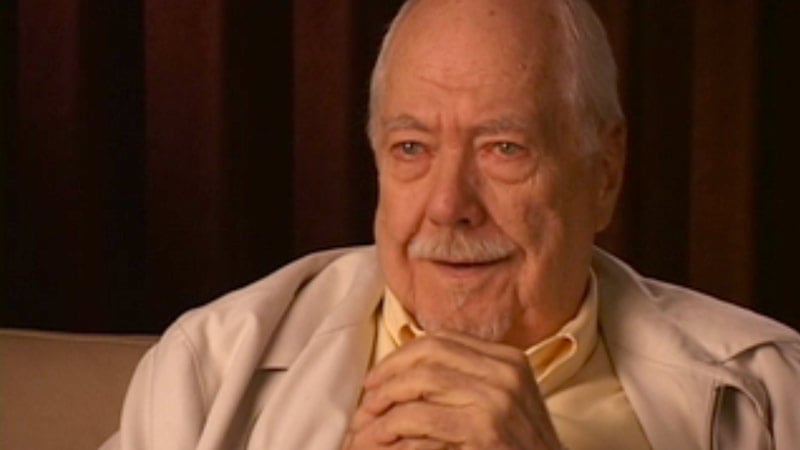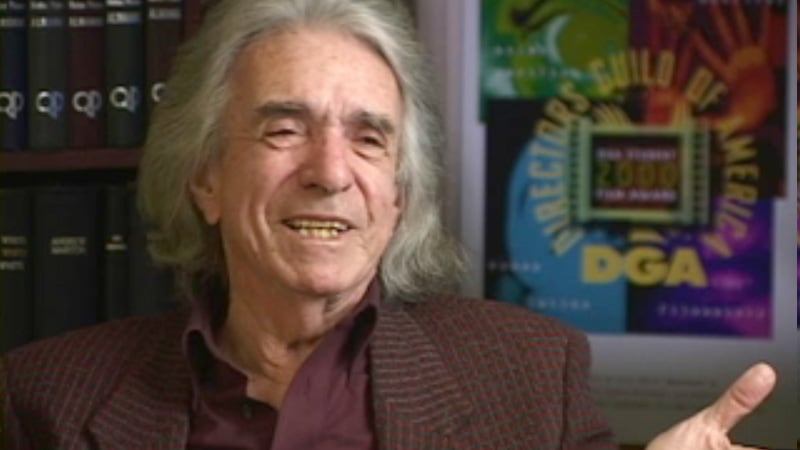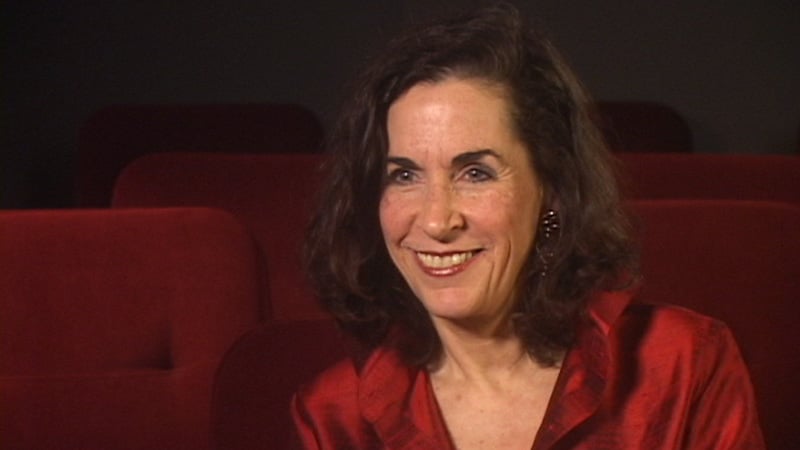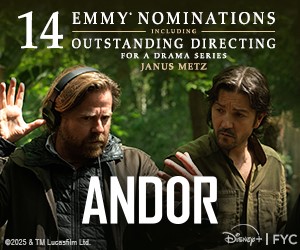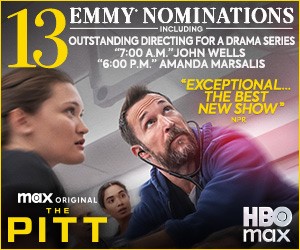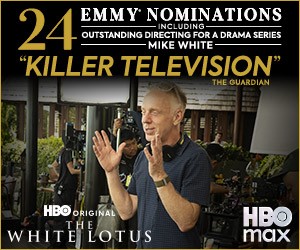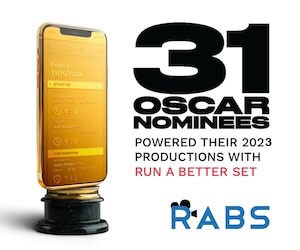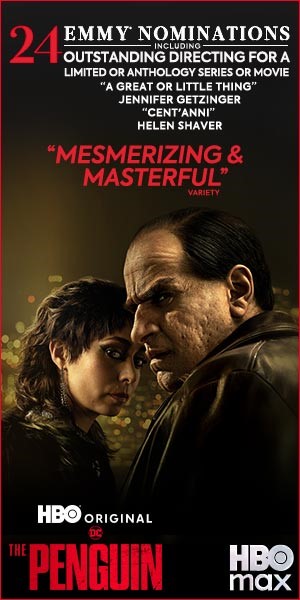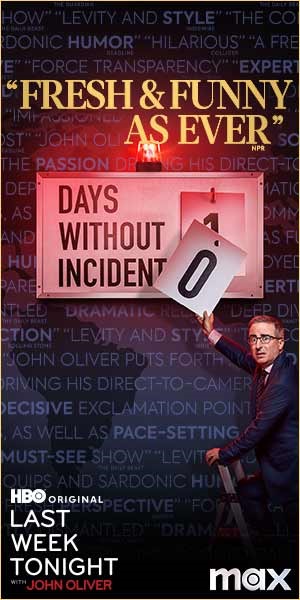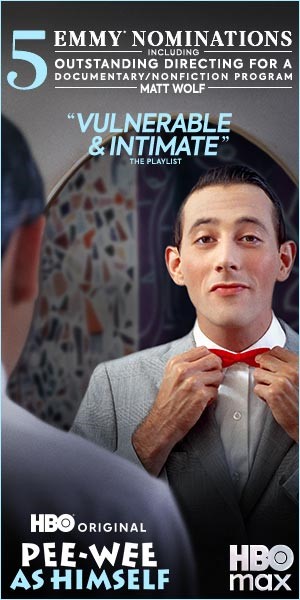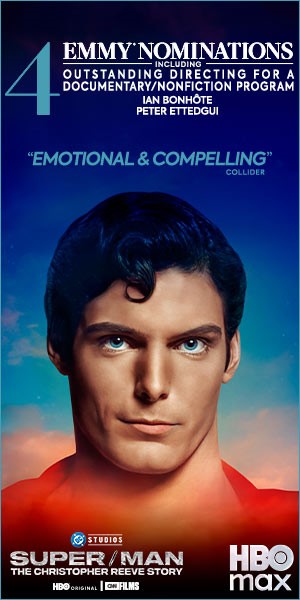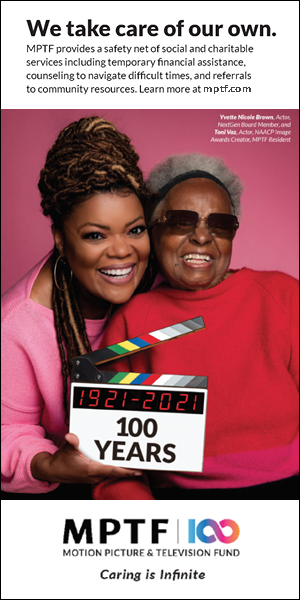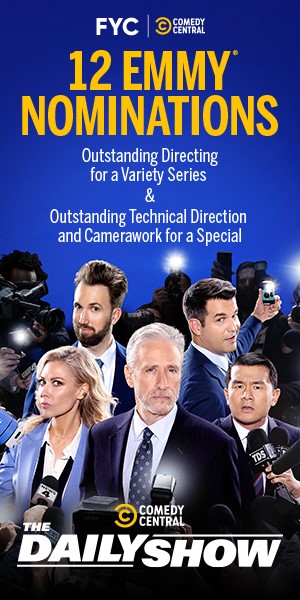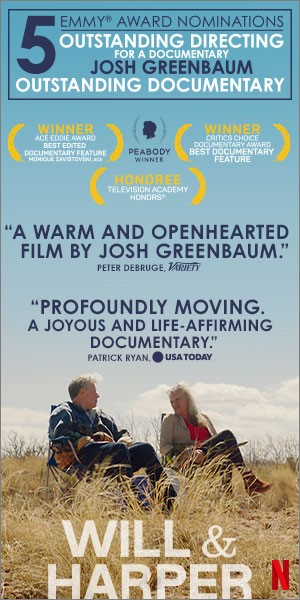The DGA’s Visual History Program is an endeavor designed to explore the art and craft of the Director and the Director’s team via peer-to-peer interviews with other Directors, Assistant Directors, Unit Production Managers, Associate Directors and Stage Managers.
Created in 2000 by the Special Projects Committee and consisting of more than 200 videotaped interviews, the Visual History Program serves as an invaluable teaching source for those curious about the craft, a preservation of the professional wisdom of DGA members, and a unique repository for Guild history. The interviews, which last between three and eight hours, emphasize reflective and collegial discussions about all aspects of the creative process in film, television and other media.
Visual History interviews are accessible to all Guild members as well as to the general public on the DGA website. The Visual History database is fully searchable by topic, and each interview is indexed, allowing for quick retrieval of segments pertaining to specific interests and topics, either within a particular interview or across the entire collection.
Featured here are a few excerpts dealing with Production Design.
Arthur Hiller on communicating with Production Designers:
Click here to see this full interview.
Mira Nair on adapting the production design of her feature, Kama Sutra:
Click here to see this full interview.
Ernest Dickerson on developing production design on a television pilot:
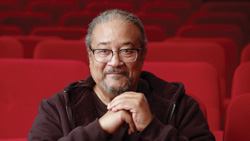 “In episodic, you don’t have a chance to really work with Production Designers that much because it’s pretty much already figured out. But on pilots and on first shows, it can be a lot of fun because you get to decide what the look is. I love working with Designers and trying to come up with what the look of the show is. My life mantra is that creation is a patient search. You’re trying to find what it is that’s gonna really sing to you in terms of how the show is gonna work. And a lot of times if you have a good idea what you want the show to look like, you spend time with the Production Designer and get their imagination going. Then they can maybe take it to the next level.”
“In episodic, you don’t have a chance to really work with Production Designers that much because it’s pretty much already figured out. But on pilots and on first shows, it can be a lot of fun because you get to decide what the look is. I love working with Designers and trying to come up with what the look of the show is. My life mantra is that creation is a patient search. You’re trying to find what it is that’s gonna really sing to you in terms of how the show is gonna work. And a lot of times if you have a good idea what you want the show to look like, you spend time with the Production Designer and get their imagination going. Then they can maybe take it to the next level.”
Click here to see this full interview.
Randa Haines on the production design of her feature, The Doctor:
 “I came up with a sort of visual image in my mind that he starts up in the realm of the gods at the top of the hospital in the shiny, beautifully lit penthouse of the hospital, and ultimately takes the elevator down, down, down, below ground to Hades where all the suffering people are. And he becomes one of those people and at the end, and he’s transformed by this experience. I had a brilliant production designer, Ken Adam — he did Dr. Strangelove — and we created this sense of this shiny, shiny world, which a lot of Cinematographers would have been frightened by because you could see the camera reflected in everything. To this day, I have doctors saying to me, ‘Where was that hospital? I want to work there.’ [LAUGHS] Of course we totally created it. But the sense of, from the realm of the gods down to the sort of darker, artificially lit, you know, basement of the soul where you have to really confront yourself and confront mortality.”
“I came up with a sort of visual image in my mind that he starts up in the realm of the gods at the top of the hospital in the shiny, beautifully lit penthouse of the hospital, and ultimately takes the elevator down, down, down, below ground to Hades where all the suffering people are. And he becomes one of those people and at the end, and he’s transformed by this experience. I had a brilliant production designer, Ken Adam — he did Dr. Strangelove — and we created this sense of this shiny, shiny world, which a lot of Cinematographers would have been frightened by because you could see the camera reflected in everything. To this day, I have doctors saying to me, ‘Where was that hospital? I want to work there.’ [LAUGHS] Of course we totally created it. But the sense of, from the realm of the gods down to the sort of darker, artificially lit, you know, basement of the soul where you have to really confront yourself and confront mortality.”
Click here to see this full interview.
Click here to view more excerpts and interviews in the Visual History Collection.

